Vaishnavism is one of the major forms of modern Hinduism, characterized by devotion to the god Vishnu and his incarnations. A devotee of Vishnu is called a Vaishnava. The Vaishnavite tradition is known for its loving devotion to an avatar of Vishnu, and as such was key to the spread of the Bhakti movement in South Asia in the 2nd millennium CE. For Vaishnava, absolute reality is manifested in Vishnu, who in turn is incarnated in Rama, Krishna, and other avatars. Through his avatars, Vishnu defends traditional righteousness in keeping with the moral law.
Vaishnavism is the worship and acceptance of Vishnu. The various sects of worshippers of Vishnu pray to him in different ways. For some, the goal of religious devotion to Vishnu is liberation from the cycle of birth and death. For others, it is health and prosperity in this life, good crops, success in business, or thriving children.
Vaishnavism comprises many sects and groups that differ in their interpretation of the relationship between the individual and God. It has four main categories of sub-schools: the medieval-era Vishishtadvaita school of Ramanuja, the Dvaita school of Madhvacharya, the Dvaitadvaita school of Nimbarkacharya, and the Pushtimarg of Vallabhacharya. The Srivaishnava sect, for example, emphasizes the doctrine of qualified non-dualism of Ramanuja, according to which, although the differentiated phenomenal world is illusory, it is nevertheless the medium through which devotees may gain access to God. Another group professes the dualism of the philosopher Madhva, the belief that God and the soul are separate entities and that the soul’s existence is dependent on God. The Pushtimarg sect maintains the pure non-dualism doctrine of the theologian Vallabhacharya, which does not declare the phenomenal world to be an illusion. The Gaudiya sect, founded by Chaitanya, teaches inconceivable duality and non-duality, the belief that the relation between God and the world is beyond the scope of human comprehension.
The first supreme omnipresent Jagad Guru Shrimad Vallabhacharya Mahaprabhuji established the Vaishnav religious system to grace upon the Universe, the Divine Grace, also known as Pushtimarg.
Sri Ramanujacharya Swamy, who graced this world in the 11th century, is the most important exponent of Sri Vaishnavism. His legacy is not just how many hearts he has touched, but how many ‘souls’ he has transformed.
The current proponent of Vallabhacharya and Ramanujacharya cults namely HH Dwarkeshlalji Maharaj and HH Chinna Jeeyar Swamy respectively are doing a fabulous job to promote global peace, tranquility, and universal well-being. The two Ambassadors of the Vaishnav cult have united the nation and international PIO population with their motherland.







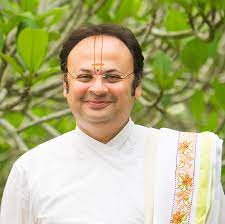
 OpinionExpress.In
OpinionExpress.In




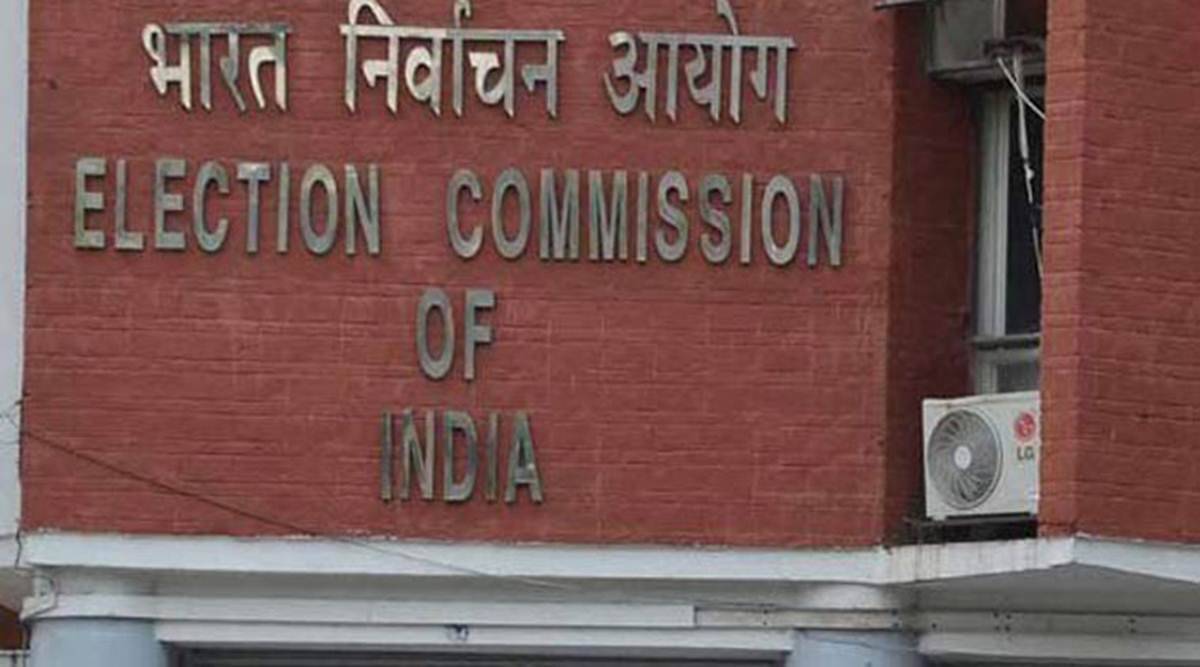
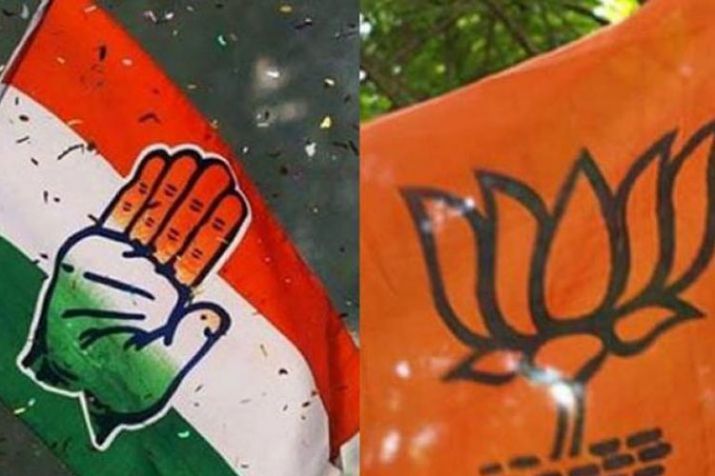
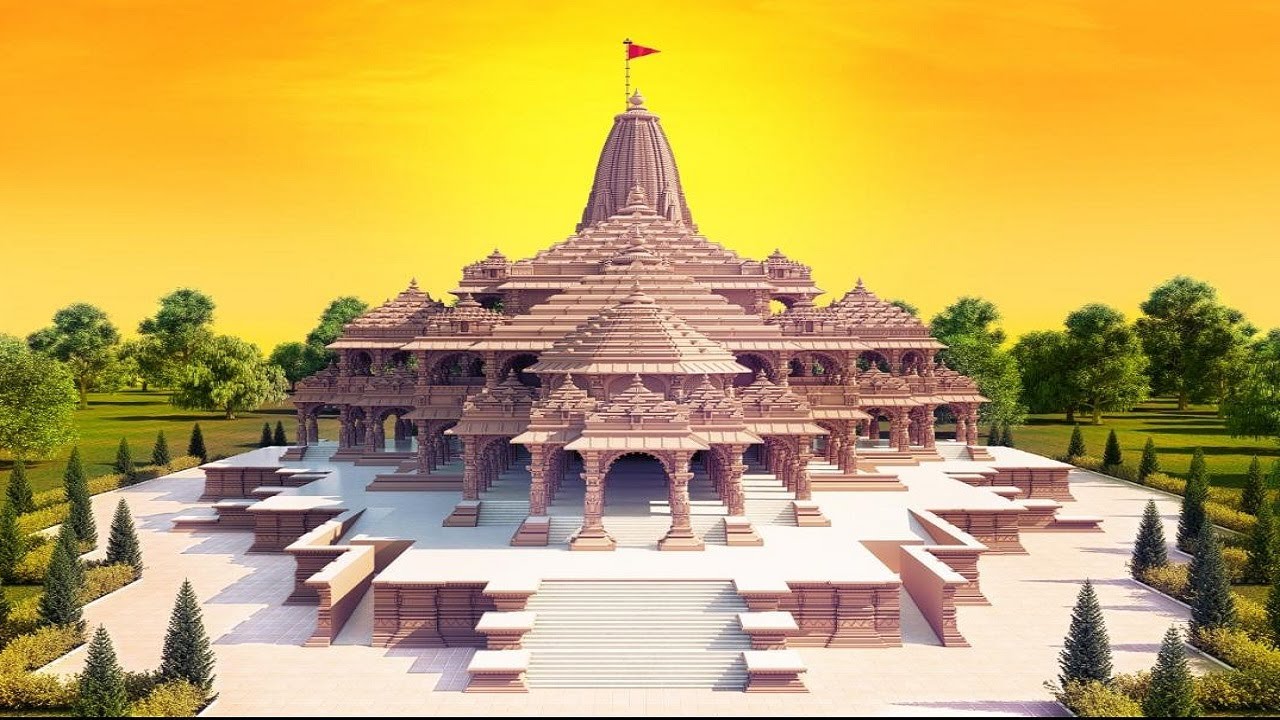
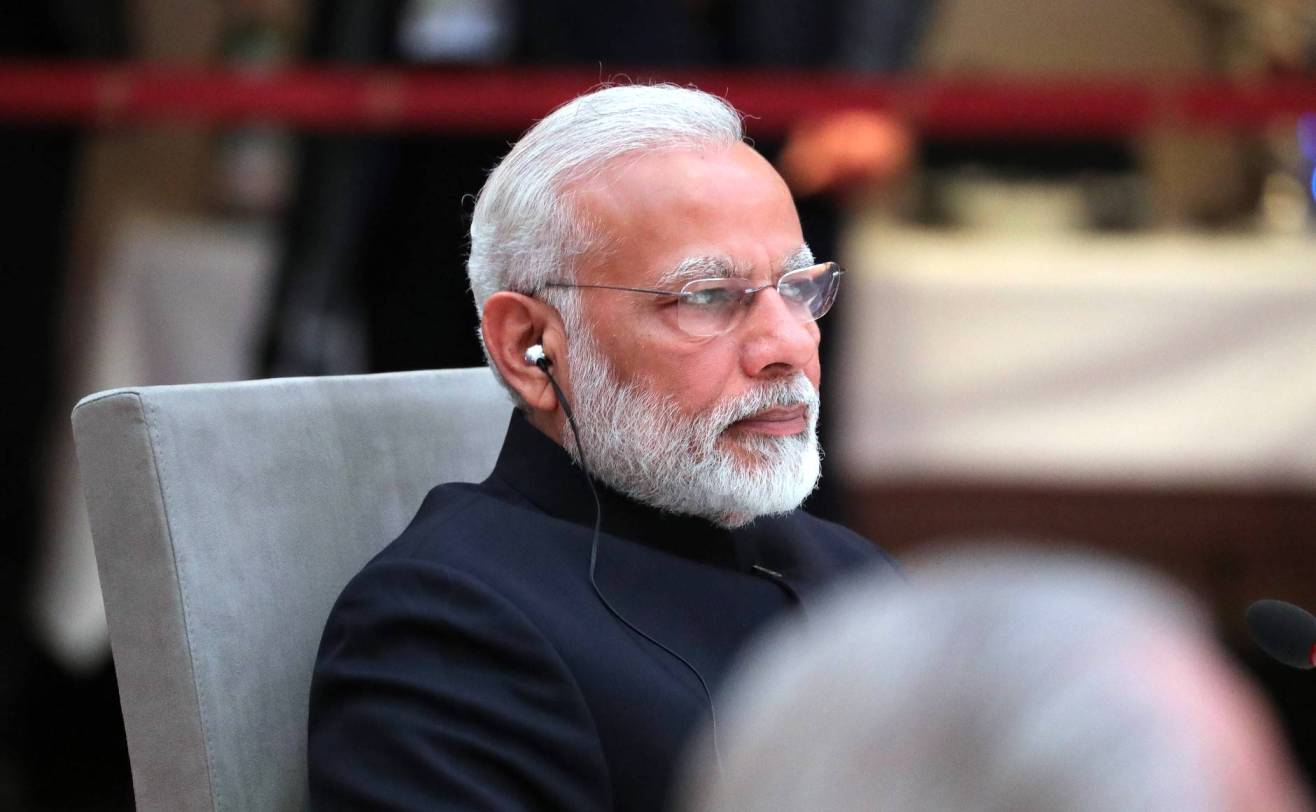







Comments (0)